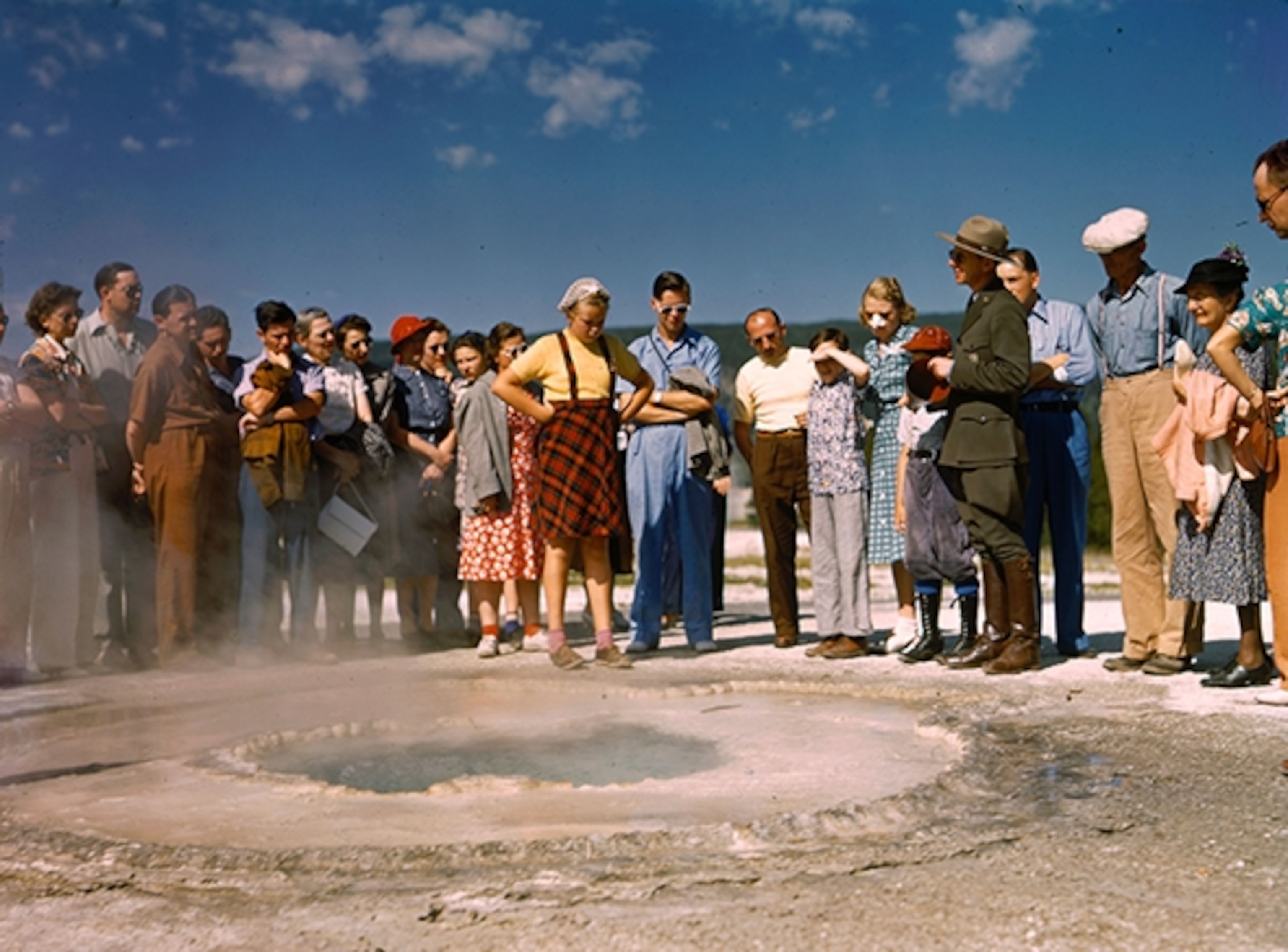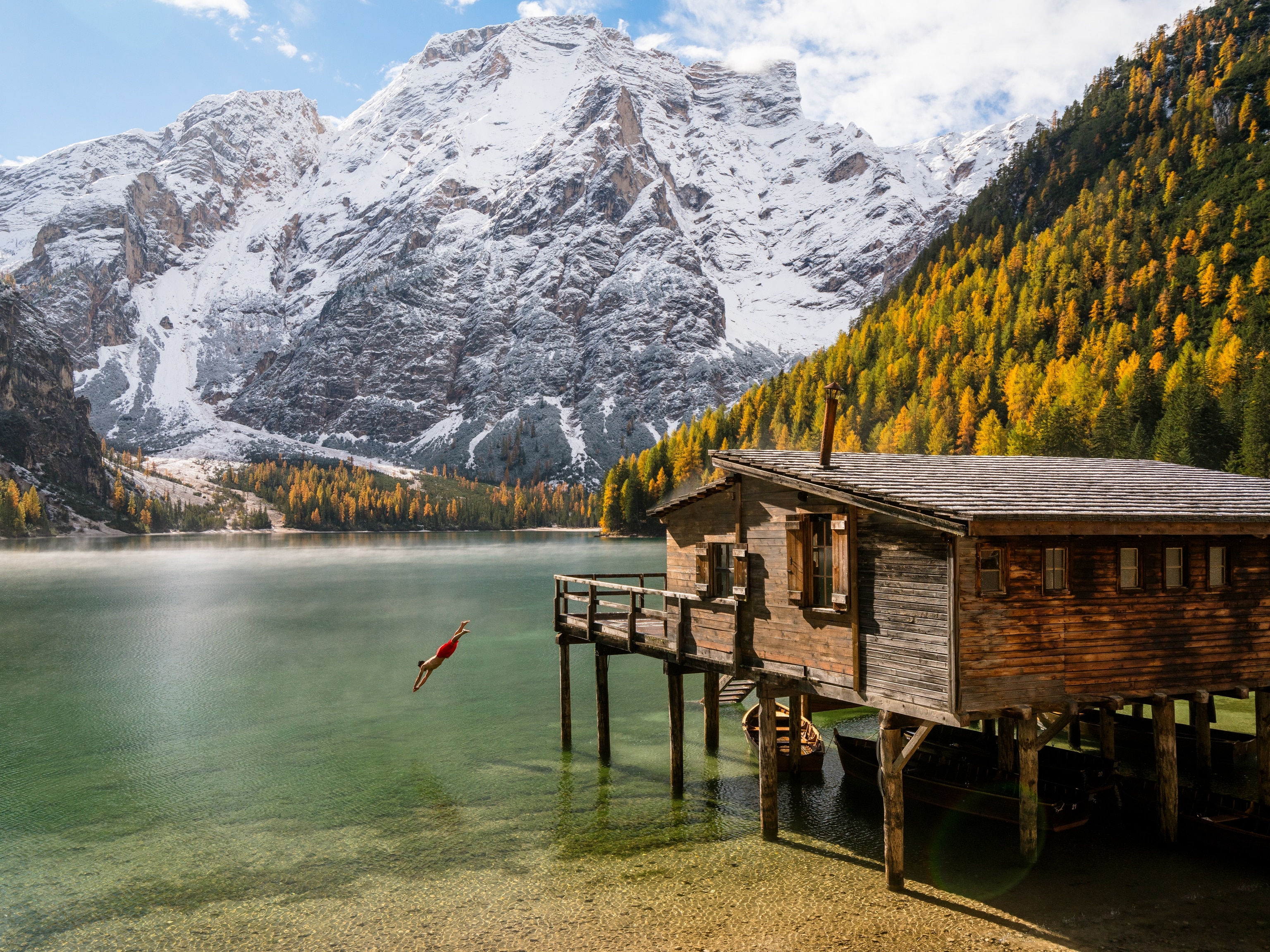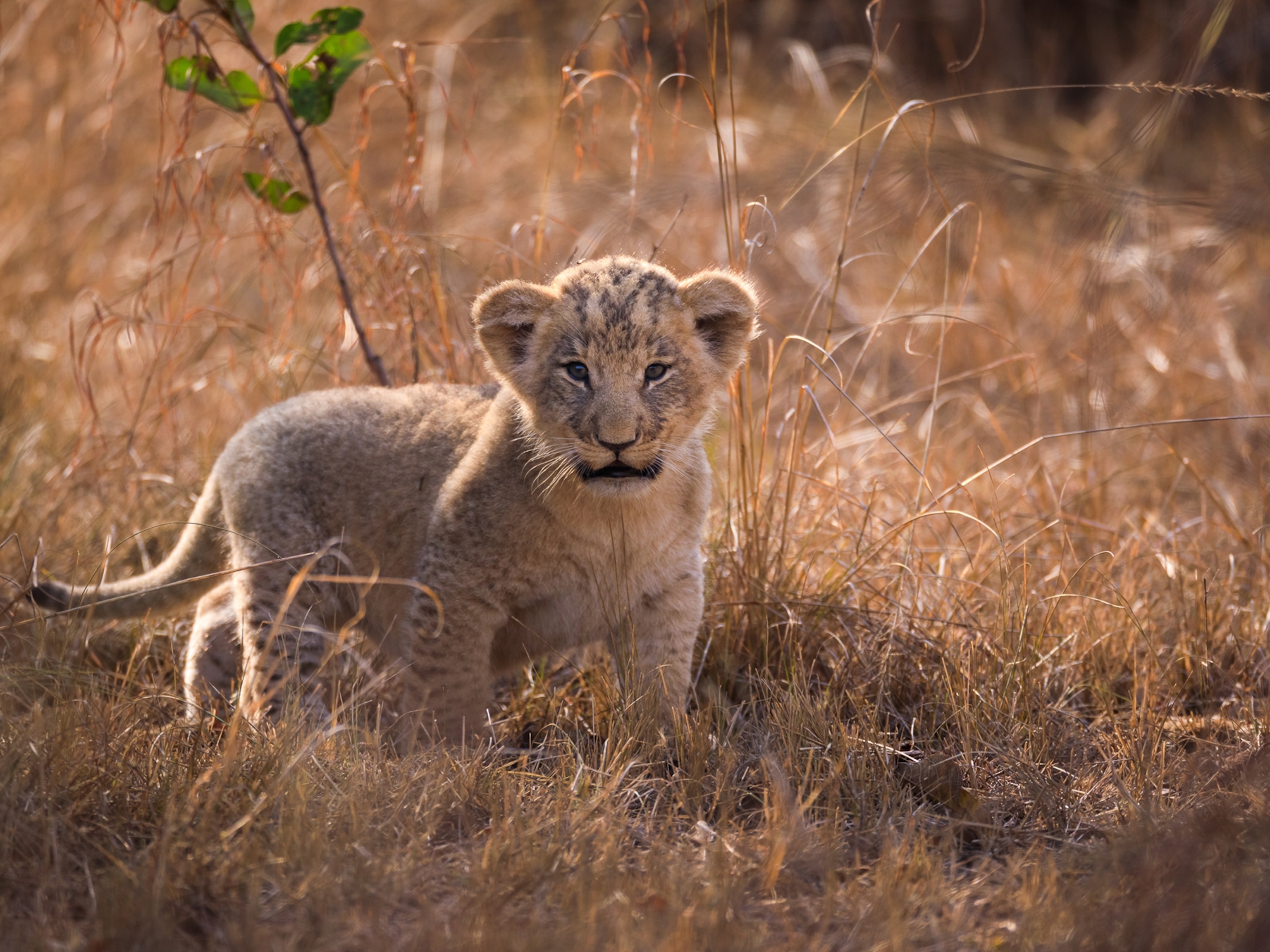
Throwback Travel: Yellowstone National Park
It’s June 1940 in Yellowstone.
In Europe, Holland and Belgium have just surrendered to Nazi forces. Americans, however, will enjoy another tranquil summer before plunging headlong into World War II.
Our park tourists surrounding Beach Geyser reflect a relatively new mass fashion phenomenon—sunglasses. Besides regaling visitors that month with talks on the park’s geology, flora, and fauna, Yellowstone’s rangers were busy behind the scenes issuing traffic and fishing violations, moving the park’s bison herd to its summer range, and guiding a gaggle of Hollywood photographers. Never a dull day at the world’s first national park.
Here’s a look at Yellowstone through a throwback lens:
- It’s generally understood that Yellowstone is a geological mosh pit comprising 10,000 thermal features like mud pots, fumaroles, and geysers atop an enormous caldera measuring 30 miles by 45 miles. The park is, in fact, the world’s largest active volcano.
- Scientists estimate the Yellowstone caldera, if it erupted, would cast a three-foot layer of ash across the American West, causing terrific damage. The likelihood of it happening in the 21st century? Not huge. One in a thousand, according to the U.S. Geological Survey.
- Yellowstone’s wooly beasts represent the last truly wild bison in the United States, ancestors of the great herds that once roamed North America. Though their numbers have fluctuated, some 2,500-5,000 bison now roam the park, depending on the season.
- Make no mistake: Yellowstone’s bison aren’t the kind you see featured on restaurant menus. Domesticated bison, which carry cattle genes, are plentiful. Billionaire Ted Turner keeps thousands of them at his 113,613-acre Flying D ranch in Montana, just a short distance from park boundaries.
- The cost of an airplane tour of Yellowstone in 1940: $5 per person, equivalent to $83.47 today. The cheapest gas then? Less than a quarter (23.5 cents, to be precise) a gallon. That may sound cheap, but the figure, when adjusted for inflation, is far higher (close to $4) than 2015’s unleaded.
- By mid-June of 1940, the park had logged 76,372 visitors since opening day. Just five years earlier, only 23,000 had arrived by that time, when America was in the grips of the Great Depression.
- Today, more than three million people come to Yellowstone annually. The park’s busiest month is July, when more than a quarter of visits are made. The least active? November, which accounts for less than one percent.
- Though it’s illegal now, feeding bears was a beloved pastime in 1940. Tourists would be encouraged to make their way to the Yellowstone dump to watch as many as 250 black and grizzly bears forage in the garbage. The practice would eventually be stopped during WWII.
- At approximately 3,470 square miles, Yellowstone National Park approaches the combined size of America’s two smallest states—Rhode Island and Delaware.
- It’s shaky ground, too. The park records between 1,000-3,000 earthquakes annually.
Andrew Nelson is a contributing editor at National Geographic Traveler magazine. Follow his adventures in wanderlust on Twitter @andrewnelson.
- National Geographic Expeditions





